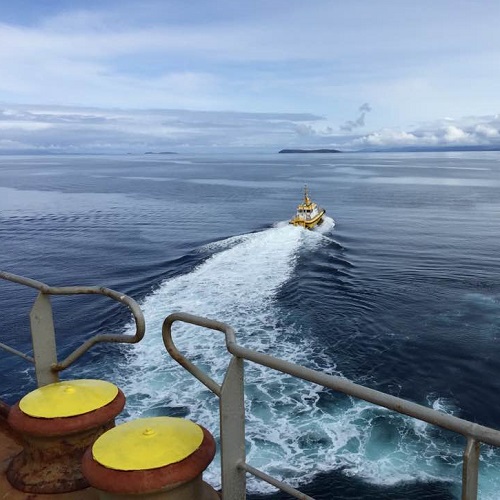Welcome to "Captain's Orders and Pilot"s Advice."
Rule 2
RULE 2
The conversation about what rule is the most prominent, has been an ongoing one since its creation. Rule 2 has been at the top of the list for good reason. It is a facsimile "notwithstanding" rule that packs a lot of punch. Let’s break it down.
Rule 2
Responsibility
(a) Nothing in these Rules shall exonerate any vessel, or the owner, master or crew thereof, from the consequences of any neglect to comply with these Rules or of the neglect of any precaution which may be required by the ordinary practice of seamen, or by the special circumstances of the case.
SCHEDULE 1 International Regulations for Preventing Collisions at Sea, 1972 with
Canadian ModificationsCurrent to May 14, 2024 Last amended on June 7, 2023
(b) In construing and complying with these Rules due regard shall be had to all dangers of navigation and collision and to any special circumstances, including the limitations of the vessels involved, which may make a departure from these Rules necessary to avoid immediate danger.
When we read Responsibility (a) it seems fairly straight forward. If anyone cited in the rule does anything outside of the rules, neglects the rules by not acting as expected, or recognized as an ordinary practice of their fellow sailor, or the special circumstances dictate, well they just opened a world of blame and hurt.
To fully understand this "straight forward" rule, we really need to understand what the neglect of precaution by the ordinary practice of seamen is, and what dictates special circumstances.
It's safe to say we all know what it means to comply and to neglect compliance. So, I will get right to the "ordinary practice of seamen". It says that you must take whatever precaution necessary to ensure your vessel can and will comply with the rules, to the best of its ability. That you will do everything possible to remain within the confines of the rules. Until you can't.
"Special circumstances" are a completely different and relevant concern. The best way to recognize a special circumstance is, to evaluate your circumstances and limitations, and the circumstances or limitations, of the other vessel(s). Weather can be a special circumstance, adding a difficulty in complying. A vessel or shallows to your starboard side preventing you from altering to starboard to avoid collision, can be a special circumstance, and the list goes on. To fully comprehend this term, you should have a comprehensive understanding of the col regs and very good local knowledge of the water you are navigating. This will aid you greatly in your ability to comply with all the rules. Especially rule 2!
In respect to the Canadian Modification, it too mentions the special circumstances of the situation. It also points out the necessity that you must be aware of the dangers in your vicinity and if they may make it impossible to comply with the rules. These dangers include other vessels and shallow water.
In the professional maritime world, we establish radio contact and make arrangements that suit both vessels and the special circumstances. That is unlikely in the small boat world.
***Remember you have a horn that works and lights that you can flash to get their attention. This is an ordinary practice of seamen! Use them!***
Last but not least, a deviation from the rules. What constitutes such an action? This is a more complicated question than we will examine here, but a deviation from the rules must meet the following criteria,
• It must not create another close quarter situation where the possibility of collision exists.
• It should not put you into further danger.
• It must only be done to prevent imminent collision or danger.
Failing an alteration of course, your best action in all cases is to take early and substantial action. SLOW DOWN or STOP. Make your position known by all available means, or a combination of them all… and maybe say a prayer.
Now you now know why this rule stands as one of the most important rules. It is the basis of all action taken to avoid a collision by mariners. It is always taken into consideration by the courts, when a collision has occurred and it is quite easily applied against both vessels, when blame is assigned.
Comments? Questions? Critique?
Join us on our Facebook page to comment question or critique our blogs. While you are there, like and follow us for all our thought provoking insights and advice on baoting.
Click here to go to our Facebook Page






